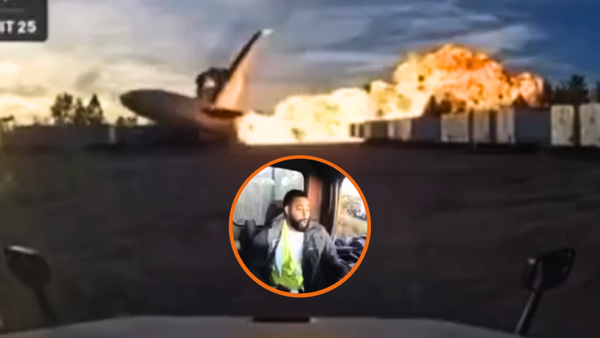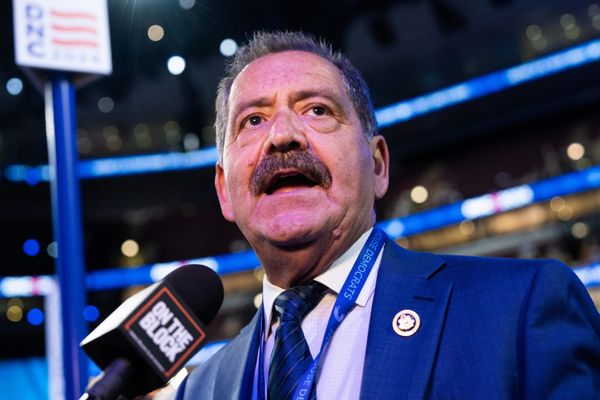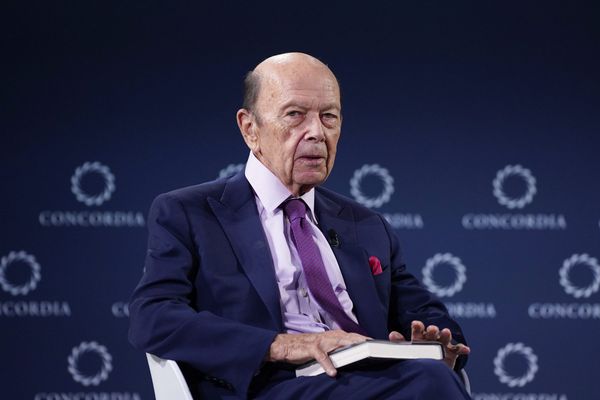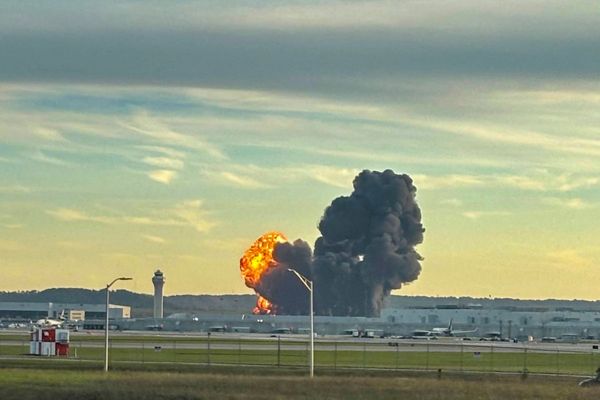
Yokota Air Base is home to the Headquarters of the U.S. Forces in Japan, and the U.S. Air Force's transportation unit is stationed there as well. However, there is no area named Yokota in the five cities and one town around the base. Where did this name come from?
There are local bus stops called Yokota and In Front of Yokota Tunnel in the Honmachi district of Musashimurayama city on the east side of the base. "This area was once called Yokota," an 85-year-old woman living near the bus stops said. The name Yokota has disappeared from the current residence system, but "we sometimes call this area Yokota even now," she said.
Yokota Air Base opened in 1940 as Tama Airfield, a facility affiliated with Tachikawa Airfield of the former Imperial Japanese Army. Tama Airfield was also sometimes called Fussa Airfield. The Japanese military conducted trial flights here during World War II. After the war, the airfield was taken over by the Allied Powers.

Today the base occupies over one-third of the entire area of Fussa city. The city government describes the relationship between the city and the base in a document titled "Fussa city and Yokota Air Base."
According to the document, there was a settlement called Yokota in what is now Musashimurayama when the U.S. military advanced into the area after taking over the airfield, and Yokota Airfield (Base) was named after that. Documents written by other local governments refer to same story.
However, the settlement of Yokota was more than two kilometers from the base. Why was its name used?

U.S. surveillance
"The U.S. military found Tama Airfield in the second-to-last year of the war and called the base 'Yokota,'" said Tsutomu Saito, 60, a resident of Hachioji, Tokyo, who teaches at Higashiyamato Minami High School in the capital. He researches the history of the Tama area during and after the war.
When Saito checked materials about the occupation forces at the National Diet Library, he found the name "YOKOTA" in them.
According to Saito, the U.S. military conducted large-scale reconnaissance activities by air and took photographs from November 1944 after it acheived air supremacy over Japan. Based on these pictures, it compiled a document called "Japanese Airfields" covering various parts of the nation.
In the document, the U.S. military called Tama Airfield "Yokota" and stated that the airfield was located "1-1/2 miles [about 2.4 kilometers] southwest of Yokota and 1-1/2 miles south-southeast of Hakonegasaki."
The U.S. military appeared to indicate "Yokota" as the settlement called Yokota at that time and "Hakonegasaki" as the Hakonegasaki district located in the northwestern area of JR Hakonegasaki Station in Mizuho town. The actual distance and locations between the base and two areas almost match those in the document.
According to Noriharu Kawashima, 70, in Hamura, Tokyo, there is no document mentioning Yokota before the U.S. military's reconnaissance. Kawashima is a freelance journalist who has covered Yokota Air Base for more than 30 years and analyzed materials of the U. S. military.
"The U.S. military found Tama Airfield, but it didn't know the name. So it used the name of the settlement around the base," Kawashima said.
The Musashimurayama city government said Yokota seems to have disappeared as an area name after the postwar implementation of the municipality system.
However, the name Yokota has spread around the base in the about 70 years since the war. Many shops and facilities use Yokota in their names, such as Yokota Church of Christ and Yokota radio center.
"Now residents and also tourists coming from far away think that the area around the base is called Yokota," said Katsuya Tomita, 73, a director of the Fussa Musashino shopping street association. "The name of Yokota has been passed on to the next generation."
Read more from The Japan News at https://japannews.yomiuri.co.jp/







